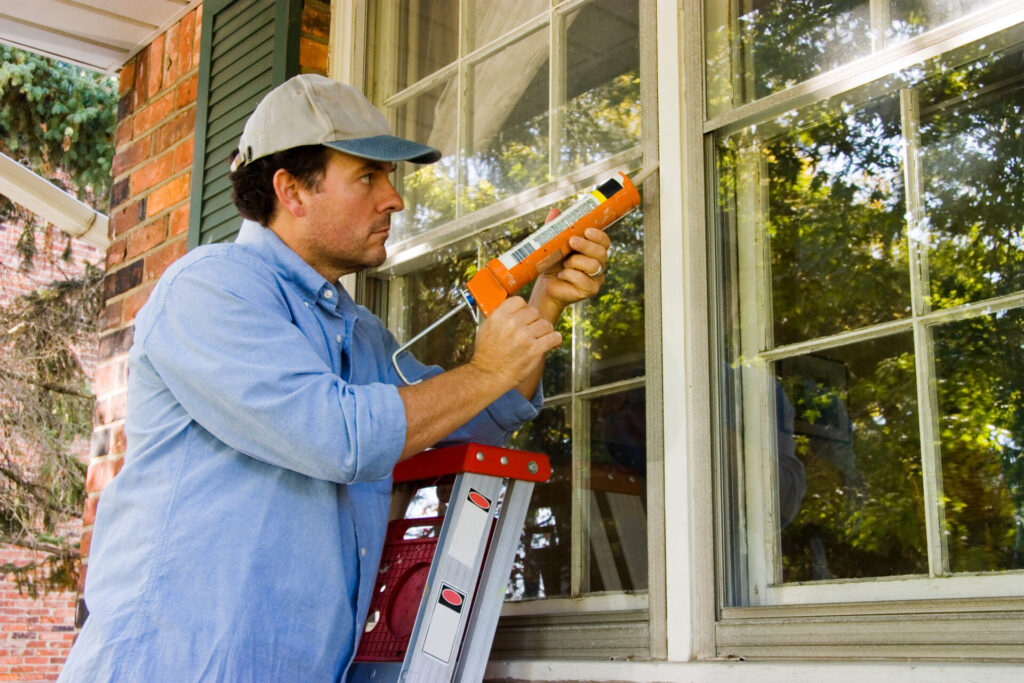There are lots of pests you never want to see inside your home or business, but one of the most unsettling has to be the cockroach. These repulsive creepy crawlers have inhabited Earth for more than 300 million years – even the dinosaurs shared the planet with cockroaches.
Of the more than 4,500 species of cockroach, only about 30 routinely invade human habitats. Five of these species are regularly seen in Georgia, including the smokybrown cockroach (Periplaneta fuliginosa). The smokybrown cockroach, a close cousin to the slightly more common American cockroach, is still a common pest in the Macon, Georgia, area.
In this month’s article, we’ll break down some of the details of the smokybrown cockroach: its habits, the hazards it can present, and some ways that your Macon, Georgia exterminator can help you rid your home of an infestation of these irritating insects.

What Is a Smokybrown Cockroach?
The smokybrown cockroach is the second-most-common roach found in Georgia homes, right behind its close cousin, the American cockroach. The two bugs are so similar that they’re often confused with one another. Both are commonly referred to as “waterbugs” or “palmetto bugs.”
The two insects differ primarily in their size and coloration: the American cockroach is slightly larger and is a reddish-brown color; the smokybrown cockroach is smaller and is much darker in color, tending towards an almost mahogany brown shade.
Smokybrown cockroaches feed on a wide range of organic materials, including:
- Decaying matter
- Waste, including fecal matter
- Paper
- Fruit
- Dead insects
They require a more constant supply of moisture since they tend to dry out faster than other species of cockroach. They’re usually most active in the evening hours when humidity is at its peak. When they come inside, they’re looking for one or more of three things: a source of food, a source of moisture, or a safe place to lay their eggs.
Are Smokybrown Cockroaches Dangerous?
Like most roaches, smokybrown cockroaches themselves don’t pose a direct hazard to humans in that they don’t bite or sting. Their presence, however, can be an enormous health risk, particularly with large infestations or for people with certain underlying health conditions.
The most serious risk posed by smokybrown cockroaches comes from their diet’s inclusion of decaying organic matter and feces, both of which can be the source of a dangerous parasite. This parasite is a nematode or roundworm that lives inside a cockroach’s gut and can be passed to other organisms – including humans – through the accidental ingestion of the roach’s waste matter. In humans, this parasite can cause colitis, a painful inflammation of the large intestine, and female reproductive tract infections.
Additionally, smokybrown cockroaches molt several times in their lives, shedding their exoskeleton. These discarded exoskeletons, as well as the roaches’ fecal matter, can become airborne pollutants, causing a wide variety of respiratory problems. Individuals with allergies to insect matter or with severe asthma can experience reactions and complications from exposure to a home or business with a smokybrown cockroach infestation.
How Can I Get Rid of Smokybrown Cockroaches?
As with most pests, the best offense is a good defense. It’s far easier to prevent an infestation than it is to eliminate one once it’s gotten started. There are a few things you can do to help keep smokybrown cockroaches out of your home:
- Seal up any cracks that open your home to the outside. Do thorough walkarounds and inspections of your home’s walls, doors, windows, and any other places where bugs might work their way inside, and seal any cracks or holes you find with the appropriate caulk or sealant.
- Make sure you keep your home dry. Regularly check for leaking pipes and dripping faucets and make repairs as soon as possible. Routinely check your refrigerator’s drip tray and air conditioner’s drain to make sure they’re not leaving standing water in or near your home.
- Don’t provide smokybrown cockroaches with an easy food source. Make sure all food in your pantry is tightly sealed and don’t leave pet food sitting out. Keep your kitchen clean by not leaving dirty dishes in the sink and regularly cleaning up any buildup of grease or grime on any kitchen surfaces.
Sometimes, despite the home or business owner’s best efforts, smokybrown cockroaches can still make their way inside. If you’ve seen one or two of the bugs, you may be able to handle the intruders with a commercially available spray or dust. If you begin to see roaches frequently, though, you may be dealing with a significant infestation and should consider contacting a licensed exterminator.
A pest control expert will be able to examine your home and determine what solutions will be best to help get rid of your cockroach problem for good. Your Macon, Georgia pest control team can:
- Do a detailed inspection of your home’s foundation, walls, doors, and windows to identify and seal locations where roaches are likely to enter.
- Apply exterior barrier pesticides that prevent additional roaches from coming into your home.
- Use human- and pet-safe insecticides inside the home to kill any roaches that try to enter the living space.
- Deploy special baits that roaches carry back to the nest, wiping out any bugs still hiding inside the walls or foundation.
Using the specialized tools and products available to them and drawing on their experience, a licensed pest control company will help you eliminate your smokybrown cockroach infestation and get back to a roach-free existence.
Say Goodbye to Smokybrown Cockroaches and Other Pests for Good! Let National Exterminating Handle Your Exterminating Needs. Call Us: 478-922-1410.
National Exterminating’s licensed pest control professionals are experts at ridding homes and businesses of roaches in Macon and across the rest of Middle Georgia. Call us today at 478-922-1410.
Related articles:
How To Get Rid of German Cockraoches
